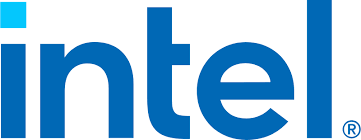After six long years of litigation, Intel’s 401(k) plan design just got a big legal endorsement. A three-judge panel from the Ninth Circuit dismissed a lawsuit filed by plan participants who claimed that including hedge funds and private equity in the company’s defined contribution plans was a breach of fiduciary duty under ERISA.
This decision is important—not just because it ends a legal marathon, but because it puts to rest the argument that certain investment types, like private equity or hedge funds, are automatically off-limits for participant-directed plans.
The plaintiffs tried to paint these investment options as high-fee, high-risk landmines. They also tried to claim a conflict of interest, accusing Intel of funneling plan money into companies tied to its venture capital arm. But the courts weren’t buying it. The district court tossed the case, citing a lack of any valid performance comparisons or evidence of actual conflicts. And now, the Ninth Circuit has backed that decision.
Here’s what this ruling really means for plan sponsors: ERISA doesn’t prohibit complexity. It prohibits imprudence. If a plan sponsor includes private equity or hedge fund options as part of a thoughtfully constructed, well-documented investment lineup—one that fits within a diversified portfolio and serves the best interests of participants—that’s not a breach. That’s fiduciary judgment.
Let’s be honest: not every plan should offer private equity. But for larger plans with access to institutional share classes and the tools to educate participants, this ruling confirms what some of us already knew—there’s no one-size-fits-all definition of prudence.
Intel stuck to its guns. It documented its process. It didn’t back down when the lawsuits came. And now, it has a federal appellate decision to show for it.
The takeaway? Plan fiduciaries who follow a sound process shouldn’t be scared of complexity. They should be scared of neglecting their process.







